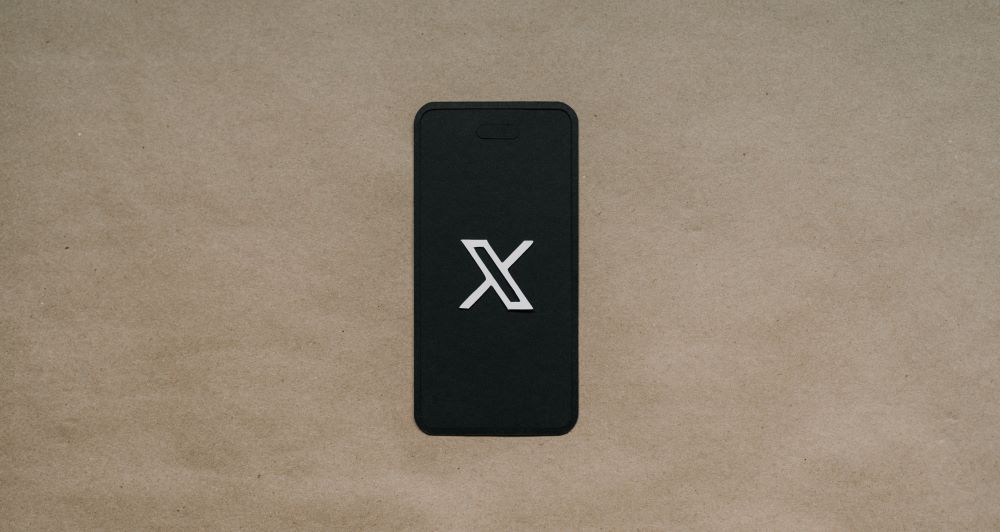Following the NewFronts which wrapped up just over a week ago, where publishers, social platforms and ad tech companies alike presented their new ad offerings to the market, this week we were firmly in broadcaster territory with the UpFronts. While some major broadcasters have moved away from the annual sales pitch, for most they’re still a cornerstone of the yearly calendar. And their importance is highlighted by how even newer entrants to advertising, notably Netflix and Amazon Prime Video, have joined the party.
Over the course of UpFronts and NewFronts season, VideoWeek is bringing weekly highlights around TV and video advertising. Read on to hear announcements from NBCUniversal, Fox, Amazon, Disney, Warner Bros. Discovery, Netflix, and YouTube.
Netflix: In-House Ad Tech and New Programmatic Partnerships
Netflix has continually emphasised that it’s still relatively early days for its ad offering. Unlike Amazon, Netflix didn’t move users across to its ad-supported tier once it launched, meaning it’s been a slower process building up its ad-supported audience.
The growth of this ad tier was therefore a key point of Netflix’s presentation. The streamer said its ad-supported plan now has 40 million monthly active users, with 40 percent of all new sign ups going to the ad tier in markets where it’s available. And Netflix also gave viewership stats for these users, stating that 70 percent of ad-supported members watch at least 10 hours of content per month.
The big announcement for the ad tech world however was the news that Netflix is building its own in-house ad tech product, which it expects to have launched by the end of 2025. Netflix started off working with Microsoft to build out its ad tech offering, but rumours have been stirring for a while now that the company has been looking to take a different approach.
In the short-term, Netflix is expanding access to its inventory beyond Microsoft, launching partnerships with The Trade Desk, Google’s Display & Video 360, and Magnite. Longer term, Netflix says building its own in-house ad tech stack will give advertisers new ways to buy, new insights to leverage, and new ways to measure impact.
On the topic of measurement, Netflix also announced a slate of new measurement partnerships for its ad offering. Measurement companies now working with Netflix include Affinity Solutions, DoubleVerify, EDO Inc, Integral Ad Science, iSpotTV, Kantar, Lucid, NCSolutions, Nielsen and TVision.
WBD: New Formats and and End-to-End Approach
Like many other broadcasters, Warner Bros. Discovery had already teed up its UpFronts presentation with a major product announcement, launched its cross-inventory first-party data product Olli a few weeks back. But Warner Bros. Discovery also had new announcements for the showcase itself.
The company announced it will launch a shoppable content feature later this year, which will let viewers explore and shop featured products when watching content on its Max streaming service. It also announced new contextual advertising tools, which it says will tailor advertisers’ messages to the specific emotional tone of the content they appear next to, down to the scene level. Both of these formats have been developed with ad tech company Kerv.ai.
The broadcaster has also developed new interactive ad formats in partnership with Brightline. These include:
- Click-to-Contact ads, where viewers can request more information via their remotes, which they receive via email.
- Trivia and Polls ads, which have run brand relevant questions which users can interact with. These ads will integrate with show IP in the future.
- Viewer’s Choice ads, which allow viewers to choose which ad to watch from a selection.
All of these new formats are due for Q4 this year.
Warner Bros. Discovery emphasised its increased emphasis on big end-to-end partnerships which work across all of the companies different activities including, streaming, theatrical releases, and its licensing and franchise teams. It has also launched a new ad sales team specifically designed to connect brands with films from its theatrical arm, creating activations around specific IP.
NBCUniversal: Audience-Based Buys and Olympic Content
Specifically on the ad product front, NBCUniversal didn’t add anything to its retail media partnership with Instacart which it announced last week. That deal will see Instacart’s grocery delivery data made available for ad targeting and measurement on Peacock, with plans to expand to linear in the future.
At the UpFront presentation itself, NBCU’s main advertising-specific talking point was One Platform Total Audience, its cross platform tool launched back in January which enables buyers to target strategic audiences across NBCU’s inventory. Advertising chief Mark Marshall pointed to a case study with pizza chain Dominos, a long-term TV advertiser, which he said drove 38 percent more sales using One Platform than it usually would with an NBCU Campaign.
On the content front, the upcoming Olympic Games is a big focus for the broadcaster. Here, NBCU is introducing a new ‘multiview’ feature which will let audiences watch multiple Olympic sports simultaneously. Any product which increases engagement with the Olympics will be a boon for the company, which says it has already sold $1.2 billion in ad sales related to the event.
Fox: Attention on Tubi and Ad Tech
Fox didn’t drop any big product announcements at its UpFront presentation, but did reference ongoing upgrades to its ad tech backbone. AdRise, a tech platform covering streaming and linear TV which Fox gained through its acquisition of streaming platform Tubi, has been expanded to cover OneFox, Fox’s cross-portfolio inventory product. This product is designed to give advertisers better understanding of reach across Fox’s properties, and more control over their campaigns.
Fox also mentioned a partnership with Amazon Publisher Cloud which uses shopping, browsing, and streaming data for campaign measurement.
Tubi itself also was positioned as a key part of Fox’s portfolio. Executives said Tubi now reached 80 million users a month, claiming big reach with Gen Z in particular. Fox will increase its investment in original content on Tubi as it seeks to drive further growth.
Next year’s Super Bowl, which Fox has the broadcasting rights for, was also a major feature. Tubi will play a role here, hosting pre-game coverage, but not the game itself.
Amazon: Measurement Outside of Amazon and Interactive Formats
This was Amazon’s first UpFront’s presentation, following the rollout of ads across Prime Video, so the tech giant used the showcase to lay out its overall vision for its ad offering.
Unsurprisingly, reach and measurement were key parts of its pitch. Amazon’s strategy of defaulting existing users on to its ad supported plan has quickly given it a large audience – the company claims an ad-supported reach of 200 million global users, and 115 million in the US specifically. And its ability to link ad exposures to purchases via its ecommerce store enable it to measure direct outcomes – though the company says it wants measurement to stretch across the funnel, and not just cover brands which sell via Amazon.
To enable this latter capability, Alan Moss, vice president of global ad sales at Amazon Ads, highlighted the role of Amazon Marketing Cloud, its clean room solution. “It doesn’t matter whether you sell on Amazon or not,”he said. “With our clean rooms and other leading ad tech, we can help all advertisers connect awareness and brand objectives directly to sales outcomes and category growth.”
Amazon had also announced a set of new interactive and shoppable ad formats for CTV inventory ahead of the UpFronts, and these were highlighted in the company’s presentation. These include shoppable carousel ads, interactive pause ads, and interactive brand trivia ads.
Disney: Pitching Itself as the Top Dog in US TV
Disney made a few interesting ad tech announcements prior to its UpFront presentation, namely the integration of its Drax ad tech with The Trade Desk and Google, and its retail media partnership with Walmart.
At the presentation itself, Disney focussed on its reach as a major sales point. Disney’s global president of advertising Rita Ferro claimed that one in two people around the world connect with a Disney property of some sort each day, and shared recent Nielsen data which said Disney has the highest total TV usage of any media company in the US in April.
YouTube: ‘Creative Takeovers’ and New Formats
YouTube’s positioning in the TV world is mirrored by its positioning in UpFronts week. Technically it’s a separate event – YouTube names its presentation ‘Brandcast’ (though it does also describe it as an Upfront), and given YouTube’s lack of commissioned content, the showcase has a very different feel. Nonetheless, its sales pitch sits alongside those of the major TV players, new and old alike, and it is undoubtedly competing for some of the same pools of advertiser budget.
As it has for years now, YouTube made the case that it does belong in the TV world. CEO Neal Mohan highlighted YouTube’s massive viewing figures on TV sets – average out at over one billion hours each day. He also emphasised the similarities between modern YouTube creators – the most successful of which have writers rooms and production departments – with TV showrunners.
On the advertising front, YouTube announced the formal launch of YouTube Select ‘Creative Takeovers’, a format which it began trialling at the end of last year. Creative Takeover lets brands buy out the inventory on channels which sit within the top one percent most viewed on the platform.
YouTube also announced a new campaign type optimised for CTV, Video Reach Campaigns Non-Skips, which is powered by Google AI. YouTube said this will enable brands to deliver on reach and awareness goals more efficiently, only using non-skippable assets.




